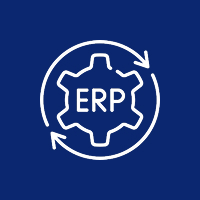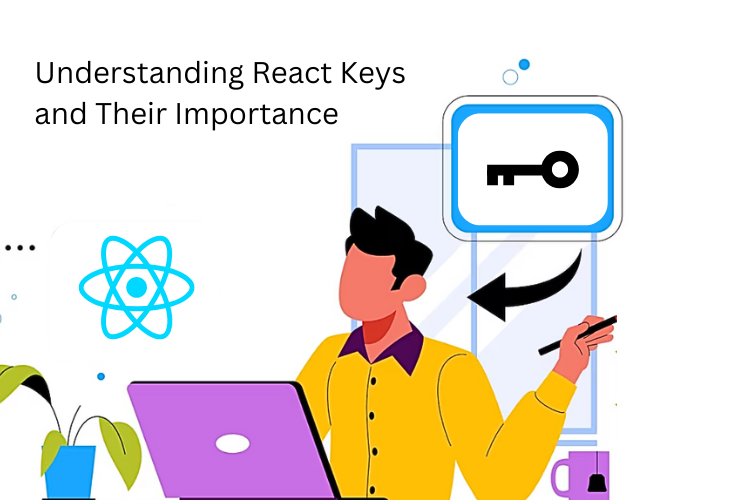One of the most critical decisions when using MySQL databases is deciding upon the optimal data types for your tables. Data types specify what type of data can be stored within a column and have a direct effect on storage space usage, query performance, and data integrity. In this article, we will discuss the different MySQL data types and give you advice on how to use them to create performance-oriented, scaleable databases.
1. Numeric Data Types
Numeric data types are utilized to handle any form of number-based data within MySQL. They play a critical role in specifying fields such as IDs, counters, prices, and measurements.
- INT / INTEGER: Best suited for holding integers, widely used in primary keys.
- TINYINT, SMALLINT, MEDIUMINT, BIGINT: These are distinguished by the ability to choose what size you prefer for your numbers depending on the potential size of values. TINYINT takes up 1 byte and BIGINT 8 bytes, for example.
- DECIMAL / NUMERIC: These are fixed-point data types and are best used for storing precise amounts such as financial information and currencies.
- FLOAT / DOUBLE: Used when working with floating-point numbers, used for scientific data or calculations where direct precision is not required.
Tip: Always use the smallest numeric data type that your values can be stored in to reduce storage overhead and improve processing speed.
2. String Data Types
There are several string data types that MySQL employs to handle text-based content efficiently. The selection of the appropriate one can make a significant difference in your database structure and performance.
- CHAR: Fixed length string, best suited for data of uniform length like country codes or status flags.
- VARCHAR: Variable length string, widely used for names, emails, and any field where string length is not consistent.
- TEXT: Suitable to store long texts like blog posts, product reviews, or comments.
- BLOB: Binary Large Object, stored to contain pictures, multimedia, or encrypted data.
Note: If you are going to need string data indexed, use VARCHAR instead of TEXT since TEXT columns require special index methods.
3. Date and Time Data Types
Temporal data types are applied to record events, log messages, and other time-based entries.
- DATE: Stores only the date in the format YYYY-MM-DD.
- DATETIME / TIMESTAMP: Store the date and time. TIMESTAMP is aware of a time zone and widely used to perform auditing or logging.
- TIME: Stores just the time value, easy to model schedules or lengths.
- YEAR: Stores just the four-digit year value, suited for year-related records such as graduation dates or manufacturing times.
Best Practice: Use TIMESTAMP whenever you need automated time zone control or plan on logging on insert and updates.
4. Spatial Data Types
MySQL has spatial data types to facilitate Geographic Information Systems (GIS). They are high-level types for the storage of spatial and location data.
GEOMETRY, POINT, LINESTRING, POLYGON: These allow you to store coordinates and shapes. They’re normally used in mapping applications or services that involve geolocation.
Processing of spatial data requires you to be able to turn on spatial extensions and understand spatial queries and indexing.
5. JSON Data Type
As the demand for flexible schema design kept on growing, MySQL introduced support for the JSON data type in version 5.7.
- JSON data type facilitates storing semi-structured data like preferences, configuration, or metadata for logs.
- JSON columns can be queried and indexed (partially only) to enhance performance with dynamic handling of data structures without altering the table’s schema.
- JSON is ideal when dealing with user-generated content or data that doesn’t fit well into a rigid column structure.
6. Choosing the Right Data Type Tips
- Match the data: Use the most appropriate type based on your real-world data requirements. For instance, don’t use BIGINT if INT will do.
- Avoid large types when unnecessary: TEXT, BLOB, and other large objects consume more space and slow down queries.
- Be index-aware: Not all data types are index-friendly. Use VARCHAR over TEXT where fields need to be searchable.
- Use ENUM sparingly: Though great for fixed options, ENUM leads to inflexibility when updating the schema at scale.
- Know constraints: Some types have character length limits, storage ramifications, and performance compromises.
Conclusion
Selecting proper MySQL data types is not only about storing information—it’s doing it in an efficient, secure, and scalable manner. Learning the intent, constraints, and ideal applications for each type enables developers and DBAs to design database structure for the best possible outcome upfront. Whether you’re building a low-scale web app or an enterprise platform, you need to become skilled in MySQL data types in order to succeed with databases.
Make good decisions, structure your schema carefully, and have your data structure serve your application—not undermine it.
Contact Us Today













 Database Development
Database Development












































